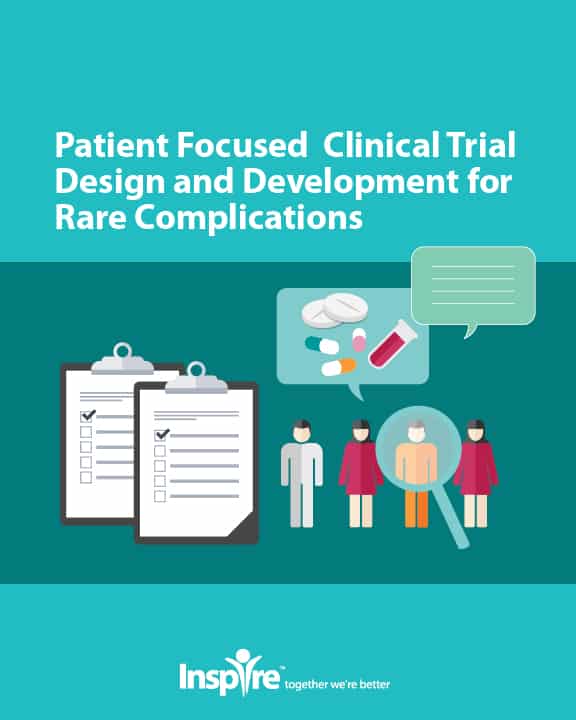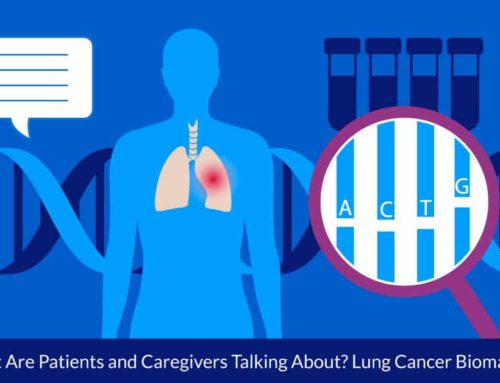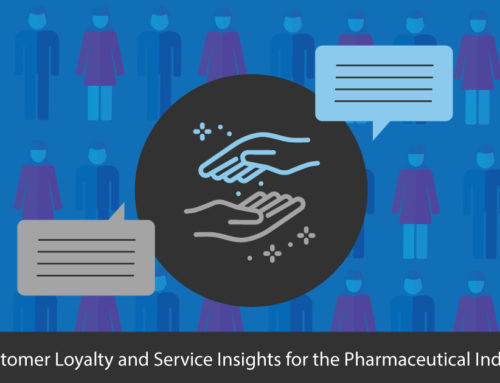Using Quantitative and Qualitative Research to Enhance Patient Focused Drug Development

FDA’s focus of incorporating the patient voice into the drug development process requires the life science industry to engage in new research strategies. Based on what we’re seeing so far from the FDA, it appears that the agency is closely considering the value of mixed methods: qualitative research along with quantitative research.
Dr. Theresa Mullin, Associate Director for Strategic Initiatives at the Center for Drug Evaluation and Research (CDER) at FDA, said at the first guidance meeting for Patient Focused Drug Development (PFDD) held December 2017 that her team began
“to really understand and recognize that patients are experts, that they…are key informants to the development of drugs and to their care and that we needed to consider them as such and more systematically incorporate their perspective,…into drug development and our decision-making.” 1
At the second guidance meeting held last October, Dr. Mullin recalled the 25 Voice of the Patient (VOP) meetings that had been held over the course of several years. She explained the meeting’s structure; how the mornings were focused on learning about the burden of disease. At each event, the team asked,
“Which one to three [symptoms] has the most significant impact on your life? Are there things you can’t do that were important to you now because of your condition? Has it changed over time? What worries you the most?” 2
Then, the group of patients, advocates and FDA members used the afternoons to learn how people treat their condition or symptoms.
“Is [the treatment] effective? And what are the most significant downsides of their current treatment? What would they look for in something that they might call an ideal treatment?” 2
On reflection she believes that through the qualitative research strategies of listening and observation,
“the information that we obtained is just very powerful…We often found that …[patients] chief complaints were not necessarily factored into the development plans or captured…in the measures of benefit that would be collected during those trials.” 2
Although well accepted among social scientists, in the healthcare field, qualitative research has been less familiar and even alien compared to the quantitative methodologies employed in clinical and biological research. In the past, qualitative research has been labelled unscientific, merely anecdotal or personal conjecture.3 Yet, after the VOP events, as FDA addressed its further mandate from Congress to provide the pharmaceutical industry or sponsors with guidance on how to implement PFDD, qualitative research has been discussed as part of the solution. FDA has produced three Guidance Discussion documents and public workshops in which sponsor representatives, patient advocates and others have worked to improve the Guidance Documents. Those documents, especially the FDA’s Guidance 2 Discussion document, provided recommendations on the use of both qualitative and quantitative research in combination to collect robust and meaningful patient experience data. 2
Mixed methods research
Proponents of mixed methods research describe situations when the combination of qualitative and quantitative methodologies is better than quantitative-only or qualitative- only research. These include circumstances in which complexity cannot be understood with only one input source. In fact, mixed methods are preferable when the results that have been obtained need to be further explained. Mixed methodology is also used to increase the generalizability of qualitative findings and is suited for research that has complex objectives.4
If you think of a sport like baseball, you can see that mixed methodology mirrors the way humans observe the world. We know a batter’s home run statistics, but our understanding of his skills is best illustrated by hearing a description of a hit on the radio or seeing the ball fly out of the stadium. Qualitative information informs quantitative.5
Using the two methodologies in conjunction helps researchers corroborate their findings. Each method informs the other. Sometimes one method can find contradictory results and provide information that supports reframing research questions.6
Combining qualitative research with quantitative research enriches the numbers. Though using mixed methodology is labor intensive and requires diverse expertise, it gives voice to study participants.5 To achieve PFDD, this is key.
Today we share a case study, Patient Focused Clinical Trial Design and Development for Rare Complications, which illustrates our use of mixed methodologies to inform clinical trial design.
Inspire offers a trusted community to patients and caregivers. Our goal with this blog, this website and our content is to provide the life science industry access to the true, authentic patient voice. In so doing, we support faithful operationalization of patient-centricity. Take a look at our case studies, eBooks and news outlet coverage.
References:
1 Public Workshop on Patient-Focused Drug Development: Guidance 1 – Collecting Comprehensive and Representative Input. (2017, December 18) [Transcript].Retrieved from https://www.fda.gov/downloads/Drugs/NewsEvents/UCM591861.pdf
2 Patient-Focused Drug Development Guidance: Methods to Identify What is Important to Patients and Select, Develop or Modify Fit-for-Purpose Clinical Outcome Assessments. (2018, October 15) [Transcript].Retrieved from https://www.fda.gov/downloads/Drugs/NewsEvents/UCM626046.pdf
3 Qualitative research in healthcare.(2006). C. Pope and N. Mays (Eds.). Retrieved from https://leseprobe.buch.de/images-adb/cb/ca/cbcab94c-933b-4900-9ffe-88ffb7320e93.pdf
4 Wisdom, J. P., Cavaleri, M. A., Onwuegbuzie, A. J., & Green, C. A. (2011). Methodological reporting in qualitative, quantitative, and mixed methods health services research articles. Health services research, 47(2), 721-45. Retrieved from https://www.ncbi.nlm.nih.gov/pmc/articles/PMC3419885/
5 Wisdom J and Creswell JW. ( 2013). Mixed Methods: Integrating Quantitative and Qualitative Data Collection and Analysis While Studying Patient-Centered Medical Home Models. Rockville, MD: Agency for Healthcare Research and Quality. AHRQ Publication No. 13-0028-EF. Retrieved from https://pcmh.ahrq.gov/sites/default/files/attachments/MixedMethods_032513comp.pdf
6 Creswell, J. W., Fetters, M. D., & Ivankova, N. V. (2004). Designing a mixed methods study in primary care. Annals of family medicine, 2(1), 7-12. Retrieved from https://www.ncbi.nlm.nih.gov/pmc/articles/PMC1466635/






